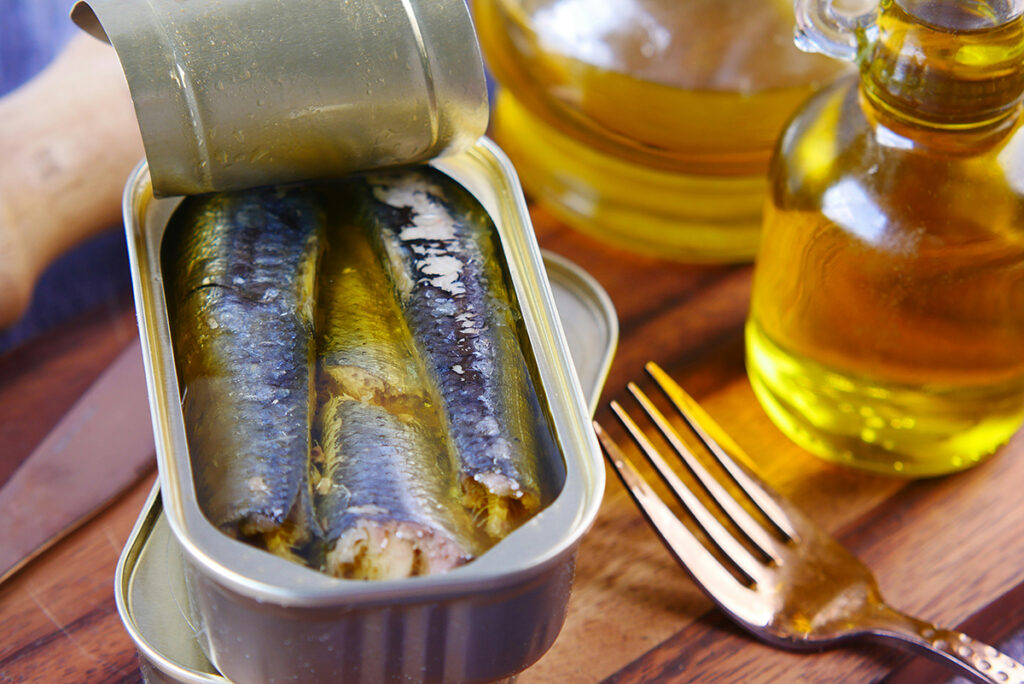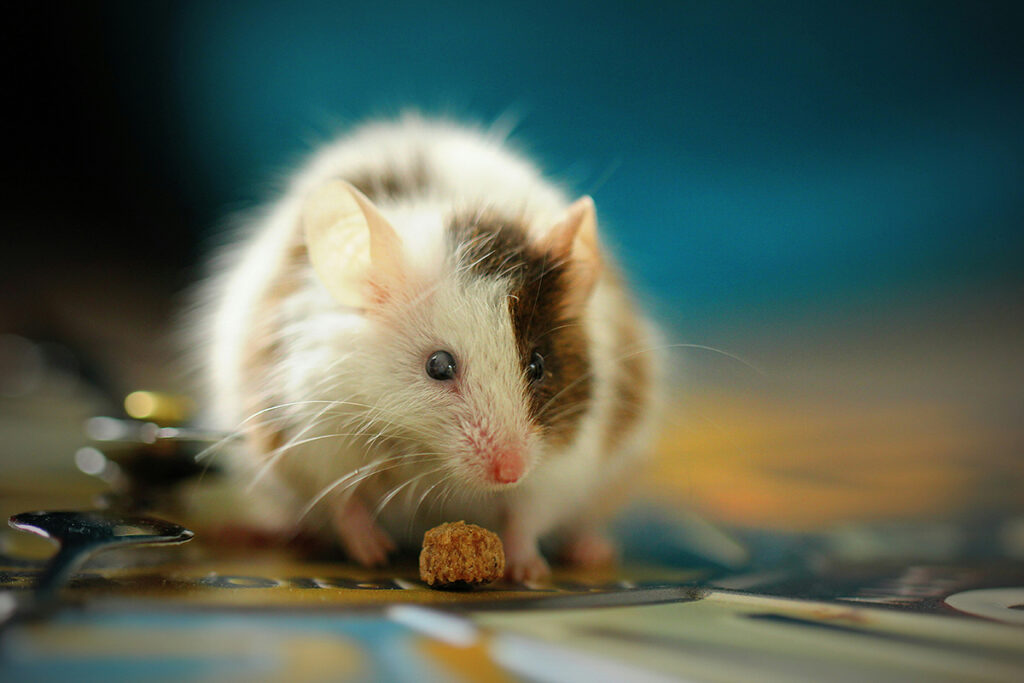Why do we need to increase the level of protection of pigs from the flu
The H1N1 influenza virus is causing epidemics on pig farms around the world. It leads to significant economic losses in farms: infected animals lose weight and reproductive functions. In diseased boars, the seed quality deteriorates, the number of miscarriages increases in sows, and the number of live-born piglets decreases. Sick animals suffer from fever, shortness of breath, severe cough, mucus discharge from the nose and eyes.
H1N1 influenza epidemics in pig farms contribute to the emergence of new strains of the virus. It happens due to the presence in pigs of receptors for swine flu and avian and human flu. Therefore, scientists see these animals as a
“mixing vessel” in which viruses exchange genetic material — and this can cause the emergence of new pandemic strains capable of interspecific transmission.
Vaccination is the traditional method of protecting pigs from H1N1 and is used all over the world. However, outbreaks of disease among immunized animals still occur, even though the disease is milder and lower economic losses.
Scientists of the Chinese Academy of Sciences have studied the adjuvant ability of interferon-alpha (IFN-α) to increase the effectiveness of the H1N1 influenza vaccine in piglets.
Scientific background for the study
Chinese scientists used an intranasal method of administering the vaccine.
Existing commercial vaccines for pigs are administered intramuscularly and stimulate the production of neutralizing antibodies throughout the body. However, the influenza virus enters the animal mainly through the mucous membrane of the respiratory tract. In 2001, scientists from the Netherlands showed that with the intramuscular method of vaccination of pigs, the level of antibodies in the mucous membranes of the respiratory tract is insufficient to protect against the virus. Moreover, the intranasal administration of the vaccine stimulates the production of more antibodies in the mucous membrane of the respiratory tract, causes an effective humoral response that prevents infection of animals with the influenza virus.
Chinese scientists used interferon-alpha as an adjuvant for the vaccine. It triggers an antiviral immune response and stimulates the production of antibodies. More an early study in mice showed that intranasal administration of the flu vaccine and interferon-alpha better protect against infection than a vaccine without interferon.
When choosing the dosage of interferon, Chinese experts relied on the year 2000 study by Italian scientists from the National Institute of Health. Italian experts have found that when vaccinated, a high dose of interferon of 4000 U / kg stimulates many antibodies in mice. Based on this figure, the Chinese scientists continued their research to find the optimal amount of interferon as an adjuvant of the influenza vaccine.
Research design
The 6-week-old piglets for the study were healthy: they were raised in conditions without specific pathogens. In addition, the scientists conducted a PCR analysis of each animal for the presence of viruses common in pigs: H1N1 influenza, swine respiratory syndrome virus, swine fever virus, rabies virus.
All the pigs were randomly divided into 5 groups:
- A group that received a high dose of IFN-α and an inactivated H1N1 vaccine. The dose of interferon is 3000 Units/kg. Pigs were immunized intranasally, and after 21 days, they were also infected with H1N1 influenza intranasally. The abbreviated name of the group is HIH (High-dose PoIFNa and H1N1).
- A group that received a low dose of IFN-α and an inactivated H1N1 vaccine. The dose of interferon is 600 Units/kg. Pigs were immunized intranasally, and after 21 days, they were also infected with H1N1 influenza intranasally. The abbreviated name of the group is LIH (Low-dose PoIFNa and H1N1)
- A group of animals that received only the H1N1 vaccine. Pigs were immunized intranasally, and after 21 days, they were also infected with H1N1 influenza intranasally. The abbreviated name of the group is H1N1.
- A control group of animals treated with a placebo (physical solution). After 21 days, the pigs were also intranasally infected with H1N1 influenza. The abbreviated name of the group is PBS (Phosphate buffered saline).
- A control group received only a low dose of IFN-α: 600 U/kg. The abbreviated name of the group is PoIFNa (porcine interferon-alpha).
Scientists obtained porcine interferon-alpha by genetic engineering. First, the desired gene was isolated from the peripheral pig blood leukocytes. The scientists then inserted this gene into the genome of the bacterium Escherichia coli (Escherichia coli). After this operation, the bacterium was able to produce porcine IFN-α. The recombinant porcine interferon obtained in this way was identical to the interferon obtained from pig blood cells but without the risk of contracting blood-borne infections.
The scientists combined the obtained porcine IFN-α with the inactivated H1N1 influenza virus. The resulting mixture was used to immunize piglets by intranasal infusion.
Results of the study
Clinical signs after infection with the H1N1 virus
The best clinical outcome was in a group of piglets that first received a low dose of interferon-alpha, and an inactivated H1N1 influenza vaccine and 21 days later were infected with the H1N1 virus. On the graphs of the temperature of animals and their clinical indicators, this group is designated LIH:

The scientists observed only a slight fever and a slight increase in temperature in the LIH group on days 4 and 5 after infection. On the 6th day, the temperature began to decrease. On the 7th day, the fever ended. There were no other symptoms in this group of piglets. The animals showed the best indicators on the scale of clinical signs: cough, respiratory distress syndrome, respiratory rate, depression.
For comparison, piglets that did not receive IFN-α (H1N1 group, PBS) developed a high temperature, and its increase began two days earlier. The animals had shortness of breath, severe cough, mucus discharge from the eyes and nose, depression, and decreased appetite.
Humoral immune response
The highest antibody level to the H1N1 virus was also in the LIH group (low dose interferon + vaccine). The enzyme-linked immunosorbent assay (IFA) showed that the piglets treated with interferon and the vaccine had higher levels of antibodies than the piglets treated with the vaccine alone (Photos A). The commercial ELISA test (graph B) confirmed that in the groups receiving interferon (LIH and HIH groups), the quantitative level of antibodies is significantly higher than in the control groups not receiving interferon (H1N1 and PBS groups):

In addition, the researchers found that the combination of a low dose of intranasal IFN-α and the H1N1 vaccine best contributes to a strong innate immune response of the mucous membranes. This combination increases the activity of the genes of the immunoregulatory signaling molecules IL-2, IL-18, IFN-γ, IL-6, and IL-10 by about 25 times.
Also, a low dose of swine IFN-α and the H1N1 influenza vaccine promote adaptive immune signaling molecules that stimulate the formation of antibodies. In the LIH group, compared to other groups, the level of CCR10 signaling molecules increased by 18 times, and the level of CCR9-by 190 times:

Scientists note that this effect of a low dose of IFN-α leads to higher levels of antibodies to H1N1 influenza.
Conclusions
Chinese scientists have shown that intranasal vaccination of pigs with a low dose of IFN-α in combination with the H1N1 vaccine activates a systemic solid innate immune response. Scientists have determined the optimal dose of IFN-α as an adjuvant for pig immunization – 600 U/kg.
This immunization scheme enhances the synthesis of signaling molecules that stimulate the production of antibodies and perform immunoregulatory functions. Together, this facilitates early clinical signs of the H1N1 virus in piglets.
The researchers note that nasal immunization may be included in H1N1 prevention protocols in pig farms. It is a convenient and cheap way to protect pigs from the flu.
Source
Interferon as a Mucosal Adjuvant for an Influenza Vaccine in Pigs



